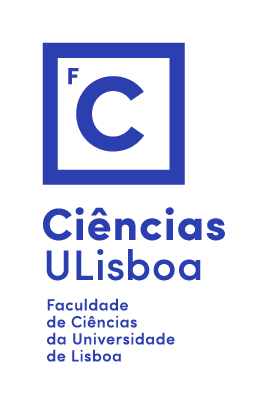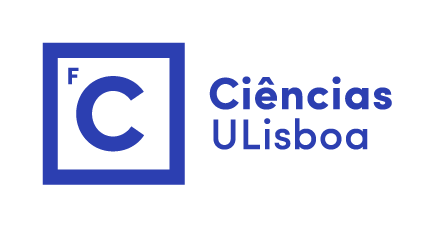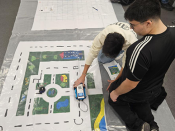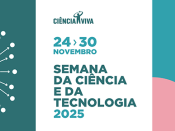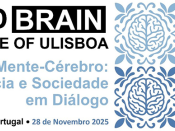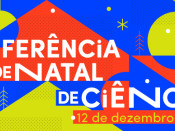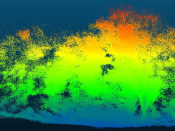Por André Moitinho (LIP).
The European Space Agency's Gaia mission has revolutionized our understanding of the Milky Way and beyond by charting the positions, motions, and physical properties of over two billion stars with unprecedented accuracy. In this seminar, I will present an overview of Gaia's scientific goals, instrumentation, and unique capabilities, highlighting how its data have transformed diverse areas of astrophysics - from stellar dynamics, black hole and exoplanet discoveries to Galactic archaeology and fundamental physics.
I will also address the less visible but essential side of the mission: the challenges of processing, calibrating, and managing petabyte-scale datasets across a distributed European consortium (DPAC). I will give particular attention to the role of Portuguese teams in this effort, from development of the data processing pipeline to scientific analysis.
Gaia's data acquisition phase officially ended on 15 January 2025, followed by a short series of dedicated technology tests and decommissioning procedures. On 27 March, the spacecraft was passivated, marking the formal end of its operational life. These final weeks were used to carry out calibration and engineering tests that had not been possible during the science phase. The goal was not only to improve our understanding of Gaia's own instruments and calibrations, but also to inform the design of future missions such as LISA and GaiaNIR. Although the satellite is now inactive, the data processing and validation will continue until 2023, and the scientific exploitation of Gaia's data is just starting. The mission's full lifecycle - from design and operations to decommissioning and legacy planning - offers valuable lessons for the future of space science and for the long term Portuguese participation in space missions.
Transmissão via Zoom.
